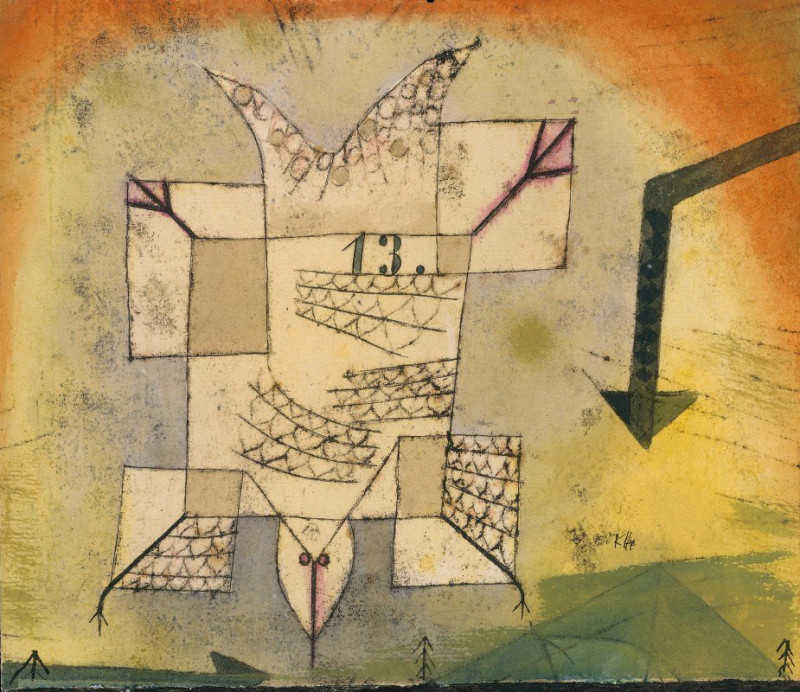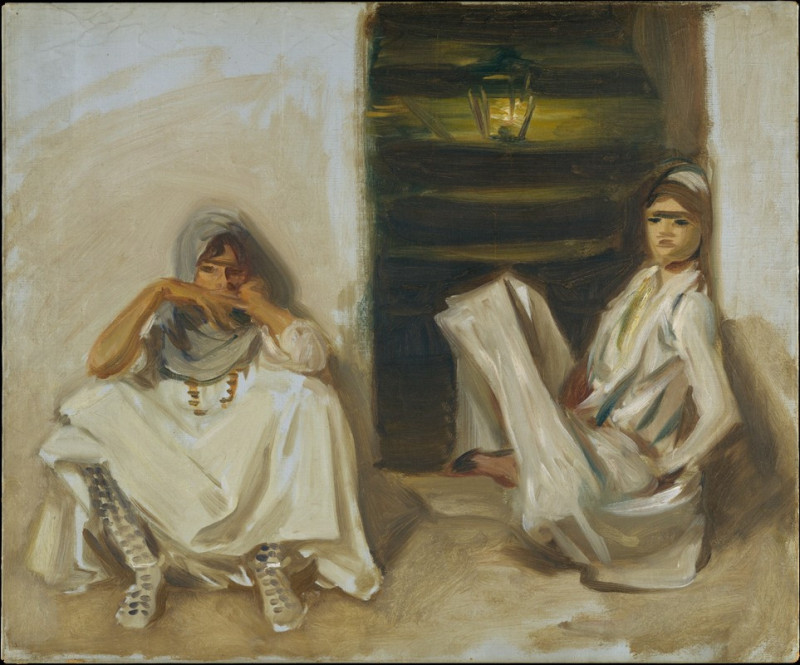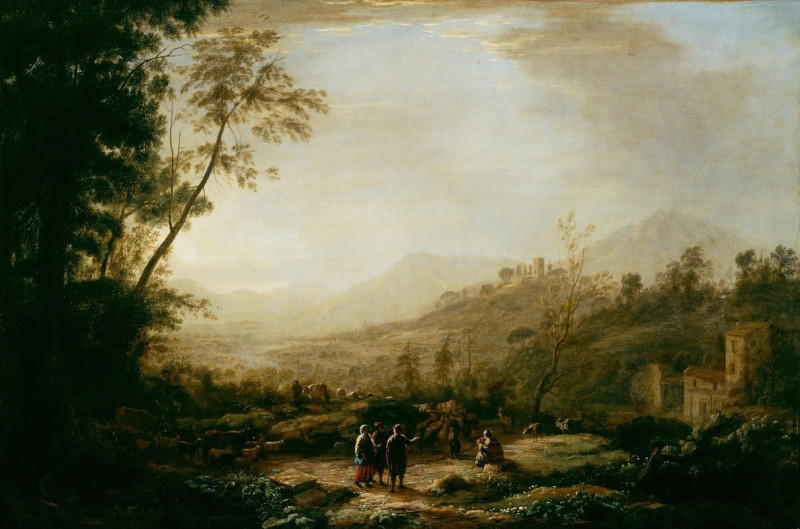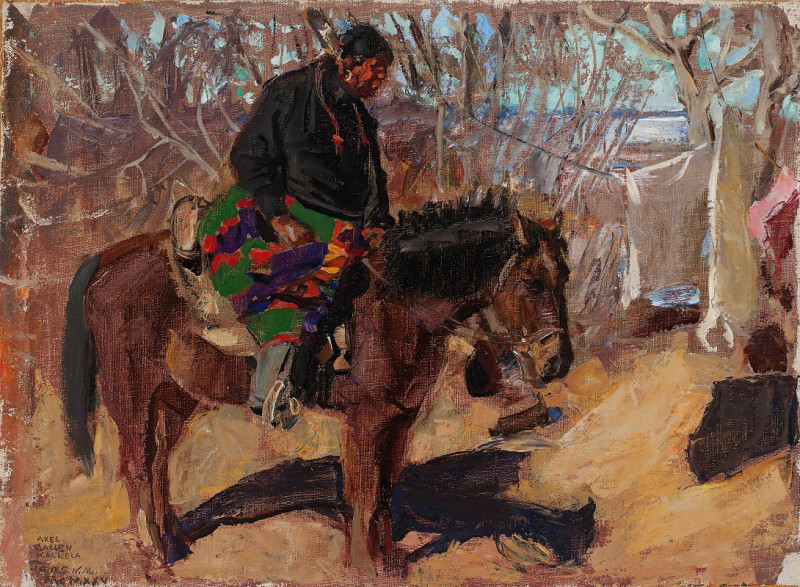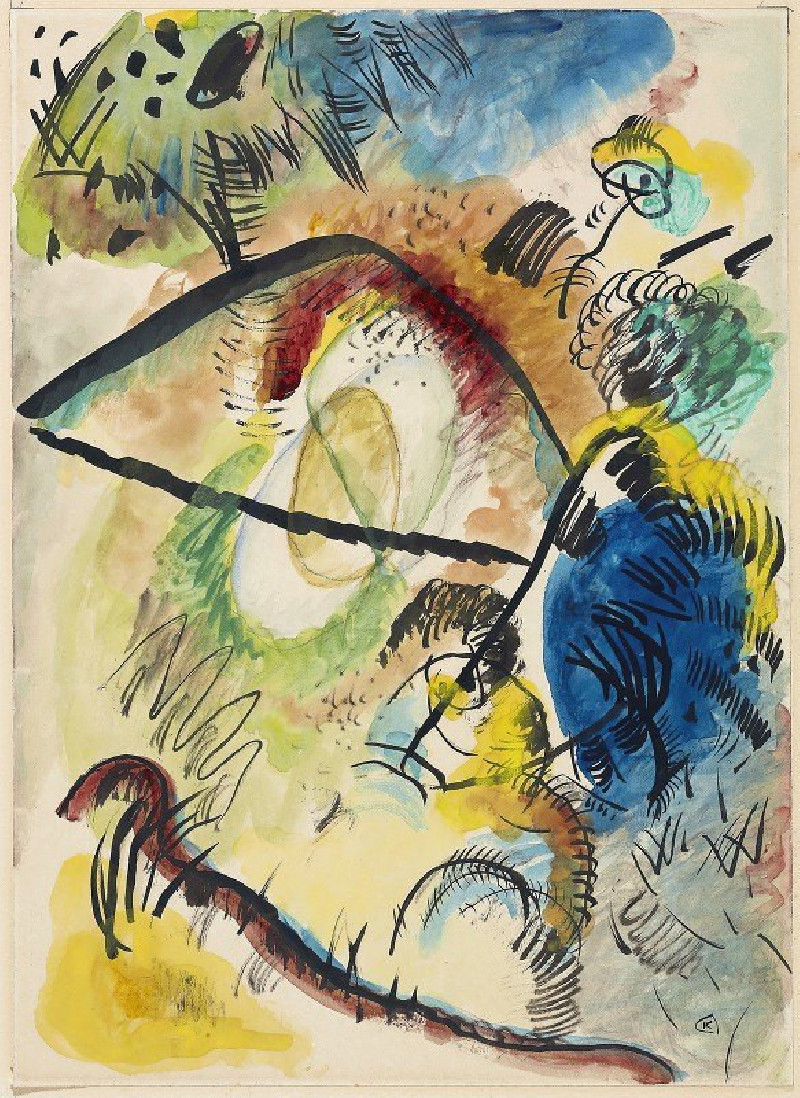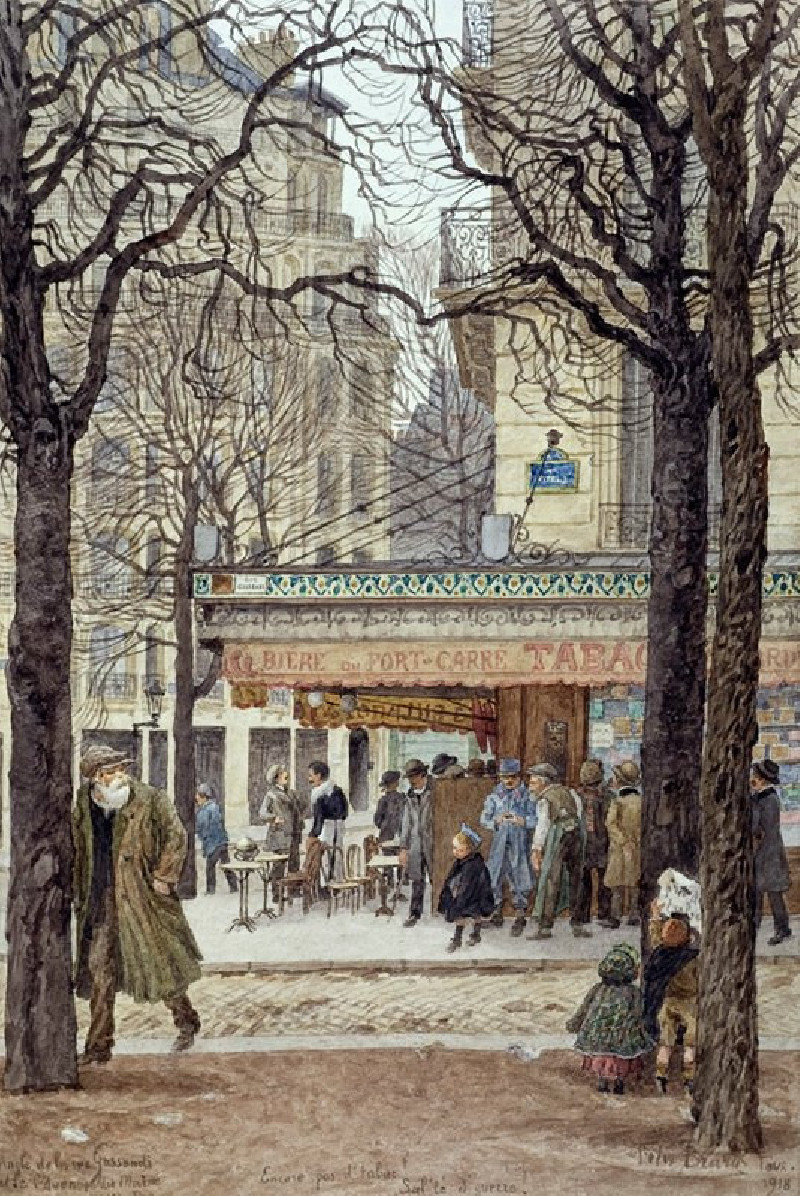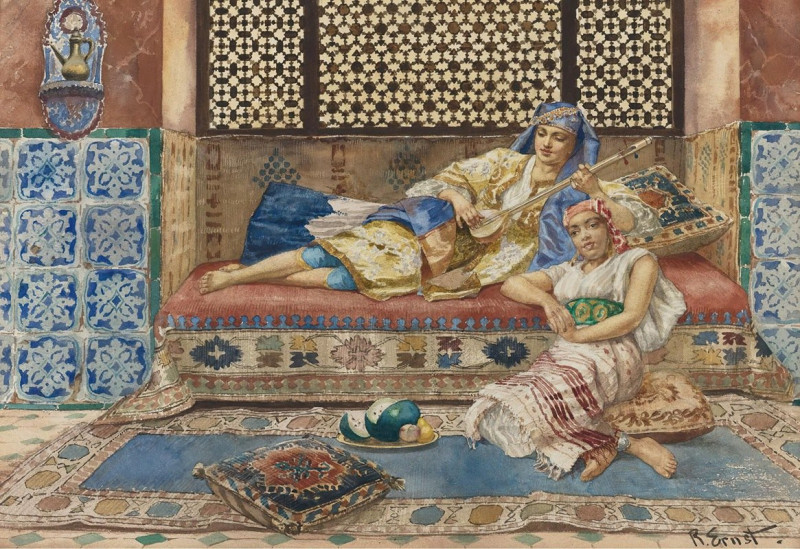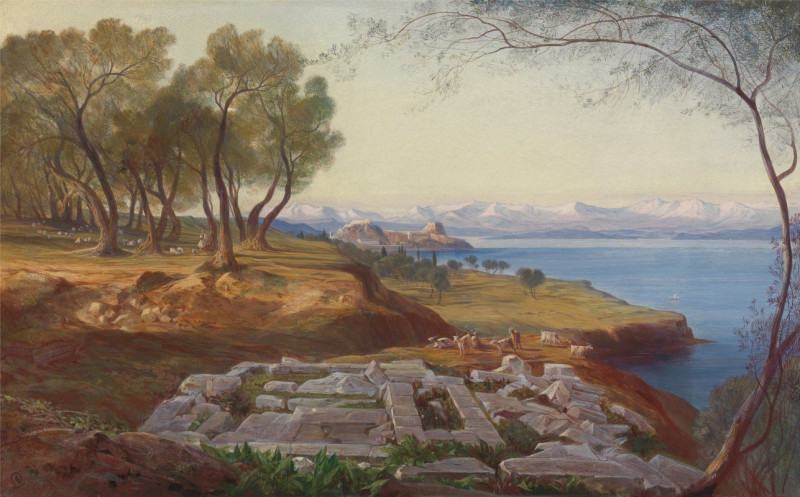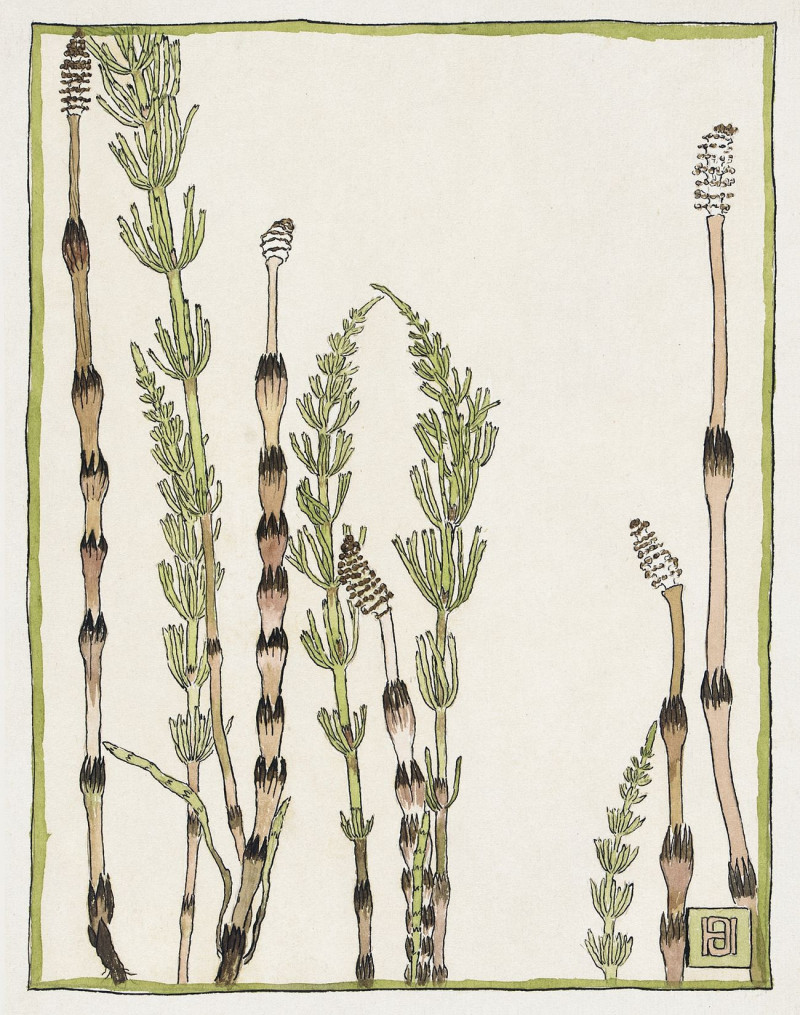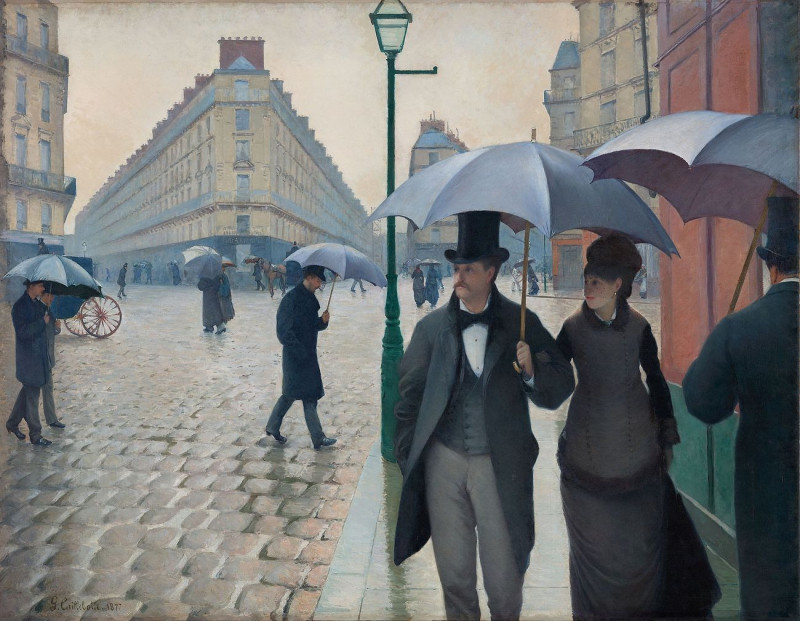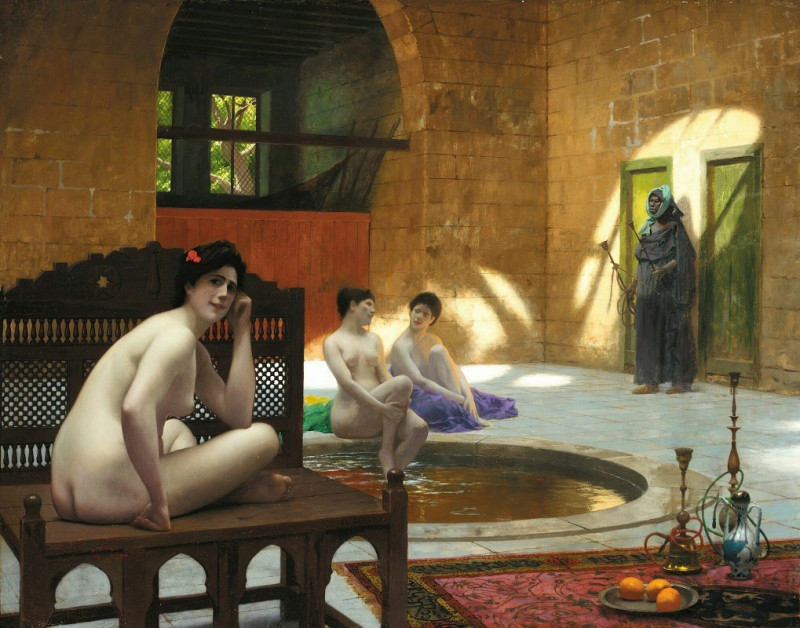Falling Bird (1919)
Technique: Giclée quality print
Recommended by our customers
More about this artwork
Welcome to a mesmerizing exploration of the abstract and metaphorical in Paul Klee's "Falling Bird" from 1919. In this painting, Klee conveys the complex theme of descent through an intriguing composition that blends abstract forms with symbolic elements. The image predominantly features an abstract portrayal of a bird, its form delineated by intricate patterns and fragmented geometric shapes that converge to create a sense of downward movement.Klee's mastery in using color contributes richly to the painting’s thematic depth and emotional intensity. The background transitions from a warm sunset orange to a subtle sage green, which might evoke a scene of the bird descending towards the earth. The use of subtle shading and texture throughout the piece adds a tactile quality that gives life to the abstract forms.The central figure, which takes on the fragmented form of a bird, is composed of various symbolic elements, including what appears to be numbers and arrows that further emphasize the notion of falling. This abstract depiction invites viewers to ponder the nature of gravity, vulnerability, and perhaps the existential plight common to all beings."Falling Bird" is not just a visual experience but an invitation to delve into the metaphorical implications of flight and failure, freedom and limitation. This painting is a perfect example of how Klee’s works compel viewers to engage with art on a level that transcends the purely aesthetic, encouraging a deeper examination of the human condition.
Delivery
Returns
Paul Klee was a Swiss-born German artist. His highly individual style was influenced by movements in art that included expressionism, cubism, and surrealism. Klee was a natural draftsman who experimented with and eventually deeply explored color theory, writing about it extensively; his lectures Writings on Form and Design Theory (Schriften zur Form und Gestaltungslehre), published in English as the Paul Klee Notebooks, are held to be as important for modern art as Leonardo da Vinci's A Treatise on Painting for the Renaissance.

